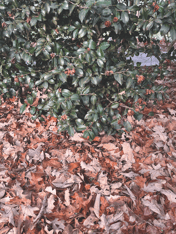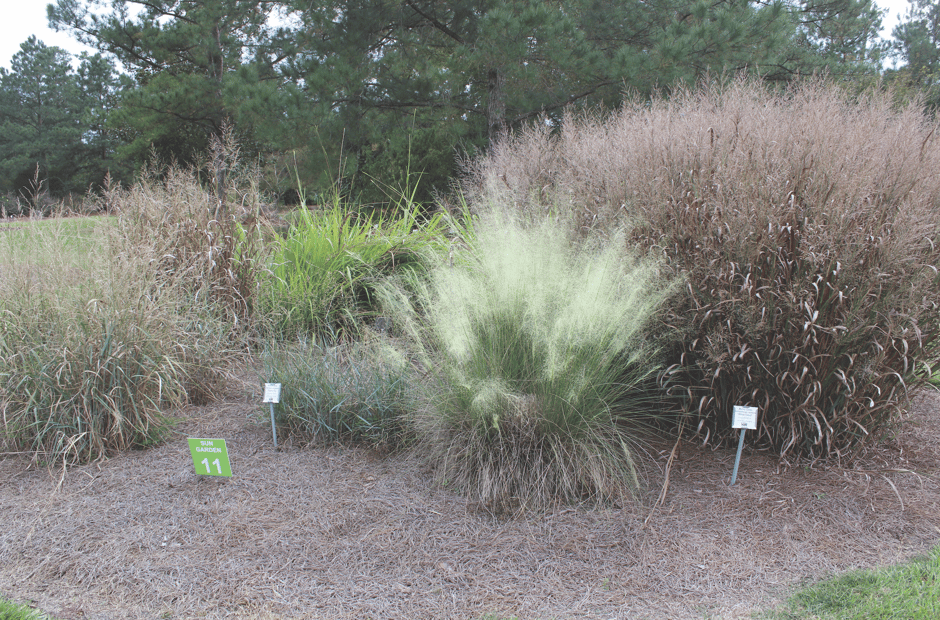Beating Around the Bush
Damon Abdi, Ph.D., Gives Alternative Evergreen Shrubs for Borders
2 min read
 Damon Abdi
:
Apr 8, 2024 11:46:00 AM
Damon Abdi
:
Apr 8, 2024 11:46:00 AM

Sustaining pollinator presence and a host of other beneficial insects in the landscape requires an integrated approach. As discussed in the Spring 2023 issue of SYNKD (“Protecting Pollinators: How to Avoid Being a Buzzkill in the Landscape”), proper pesticide management can have positive impacts on the health and vitality of the pollinating species and the plants that they buzz around. Indeed, that information applies to those who apply pesticides in their landscapes, a consideration not relevant to everyone. However, we can all agree that reducing the time we spend performing tasks that might not be needed is a good thing. With that in mind, what if I told you one of the best things you can do to support pollinators is …. nothing at all.
 A common practice is to remove and dispose of leaves from the lawn and garden. The reasoning behind this generally has to do with maintaining a pristine aesthetic within the landscape; however, dispersed throughout those leaves are a host of different insects. The insect population includes pollinators, bio-control species to attack pests and, quite literally, insects that shine bright in the landscape. Insects such as lady beetles, fireflies, butterflies and bees seek shelter in leaf litter as they survive winter’s chill. By removing leaf litter, you may remove these insects from your landscape and lose out on the benefits that they bring. Beyond supporting pollinators, allowing organic material to degrade in place recycles nutrients back into landscape beds.
A common practice is to remove and dispose of leaves from the lawn and garden. The reasoning behind this generally has to do with maintaining a pristine aesthetic within the landscape; however, dispersed throughout those leaves are a host of different insects. The insect population includes pollinators, bio-control species to attack pests and, quite literally, insects that shine bright in the landscape. Insects such as lady beetles, fireflies, butterflies and bees seek shelter in leaf litter as they survive winter’s chill. By removing leaf litter, you may remove these insects from your landscape and lose out on the benefits that they bring. Beyond supporting pollinators, allowing organic material to degrade in place recycles nutrients back into landscape beds.
Another way you can support insects without taking any action involves delaying pruning ornamental grasses (in some cases and for certain ornamental grass species) until the very end of winter/very early spring. This maintains vegetative cover for insects and other critters during the colder months. Cutting back the ornamental grasses right before the new growth that emerges with a new spring allows you (and your local insect/wildlife community) to enjoy the foliage for a little while longer through winter.
 Ornamental Grasses
Ornamental Grasses
Now these bits of advice do not have to be applied uniformly throughout the entirety of the landscape and, depending on the client, may not be desired (perhaps they prefer the more pristine look, without any leaf litter of debris). However, extolling the benefits of leaving a little leaf litter in garden beds may change some consumers’ minds. They may welcome this approach. There are a wide range of practices that one can employ to keep a sustainable landscape for insects—some more intensive than others. But these practices only require a little self-restraint when the thought of cleaning up wanders across your mind.
Dr. Damon Abdi, Ph.D.
Assistant Professor of Landscape Horticulture at LSU Ag Center
Email: dabdi@agcenter.lsu.edu

Damon Abdi, Ph.D., Gives Alternative Evergreen Shrubs for Borders
